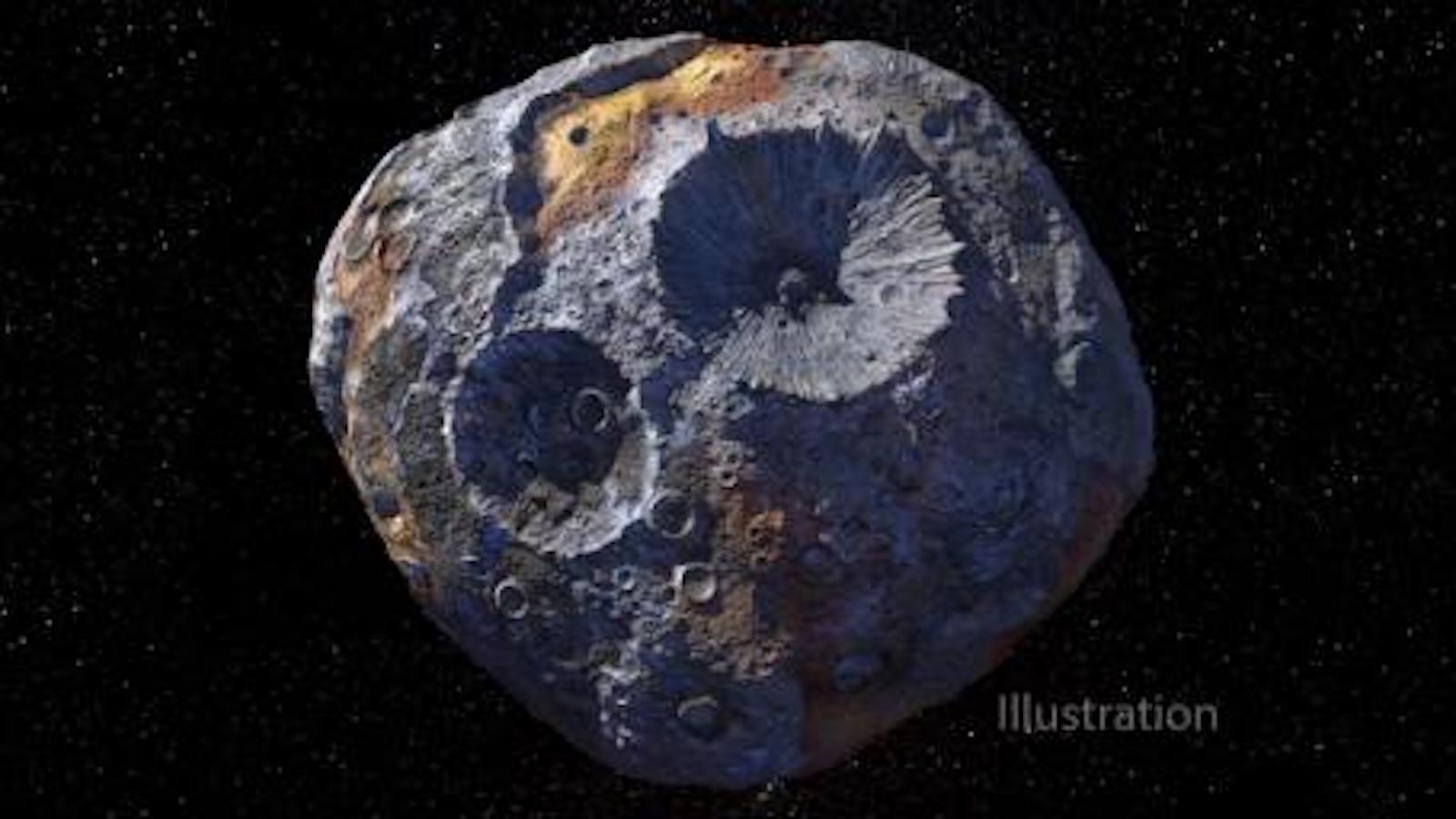NASA's Psyche mission delay means change of targets for secondary asteroid probes
Psyche's liftoff has been pushed from Aug. 1 to no earlier than Sept. 20.

The delay in the planned launch of NASA's Psyche mission to visit what is thought to be the exposed core of a protoplanet is upsetting plans for two small tag-along satellites to visit other asteroids.
Psyche was planned to launch on a SpaceX Falcon Heavy rocket on Aug. 1 but is now targeting a launch no earlier than Sept. 20 to allow more time for testing the spacecraft's software.
The Janus mission, which will fly two smallsats as secondary payloads on the Psyche launch, planned to cruise by two different binary asteroid systems following a series of Earth gravity assists.
Related: NASA's mission to metal asteroid Psyche in pictures
However, Janus principal investigator Dan Scheeres, of the University of Colorado, said on Wednesday (June 8) that the launch delay means the initial flight plan is no longer possible, SpaceNews reported.
"Those flybys were essential for setting up our flybys of our target binaries, 1991 VH and 1996 FG3," Scheeres said, speaking at a meeting of NASA's Small Bodies Assessment Group (SBAG), according to SpaceNews.
The mission team is now assessing potential alternative space rocks to fly by, with Scheeres saying "multiple asteroids" have been identified.
Get the Space.com Newsletter
Breaking space news, the latest updates on rocket launches, skywatching events and more!
The target asteroids will be determined by the actual Psyche launch date, which as a rideshare Janus will have to accept, and constraints such as flyby speed and communications data rates.
Janus is part of the NASA Small Innovative Missions for Planetary Exploration (SIMPLEx) program for low-cost planetary science smallsat missions.
Another smallsat mission — the Escape and Plasma Acceleration and Dynamics Explorers (EscaPADE), which will study the interaction between the solar wind and the Martian atmosphere — was originally selected to piggyback on the Psyche launch, SpaceNews reported. But the change from a SpaceX Falcon 9 to the more powerful Falcon Heavy meant the mission profile did not support EscaPADE's required trajectory.
Follow us on Twitter @Spacedotcom or on Facebook.
Join our Space Forums to keep talking space on the latest missions, night sky and more! And if you have a news tip, correction or comment, let us know at: community@space.com.

Andrew is a freelance space journalist with a focus on reporting on China's rapidly growing space sector. He began writing for Space.com in 2019 and writes for SpaceNews, IEEE Spectrum, National Geographic, Sky & Telescope, New Scientist and others. Andrew first caught the space bug when, as a youngster, he saw Voyager images of other worlds in our solar system for the first time. Away from space, Andrew enjoys trail running in the forests of Finland. You can follow him on Twitter @AJ_FI.









